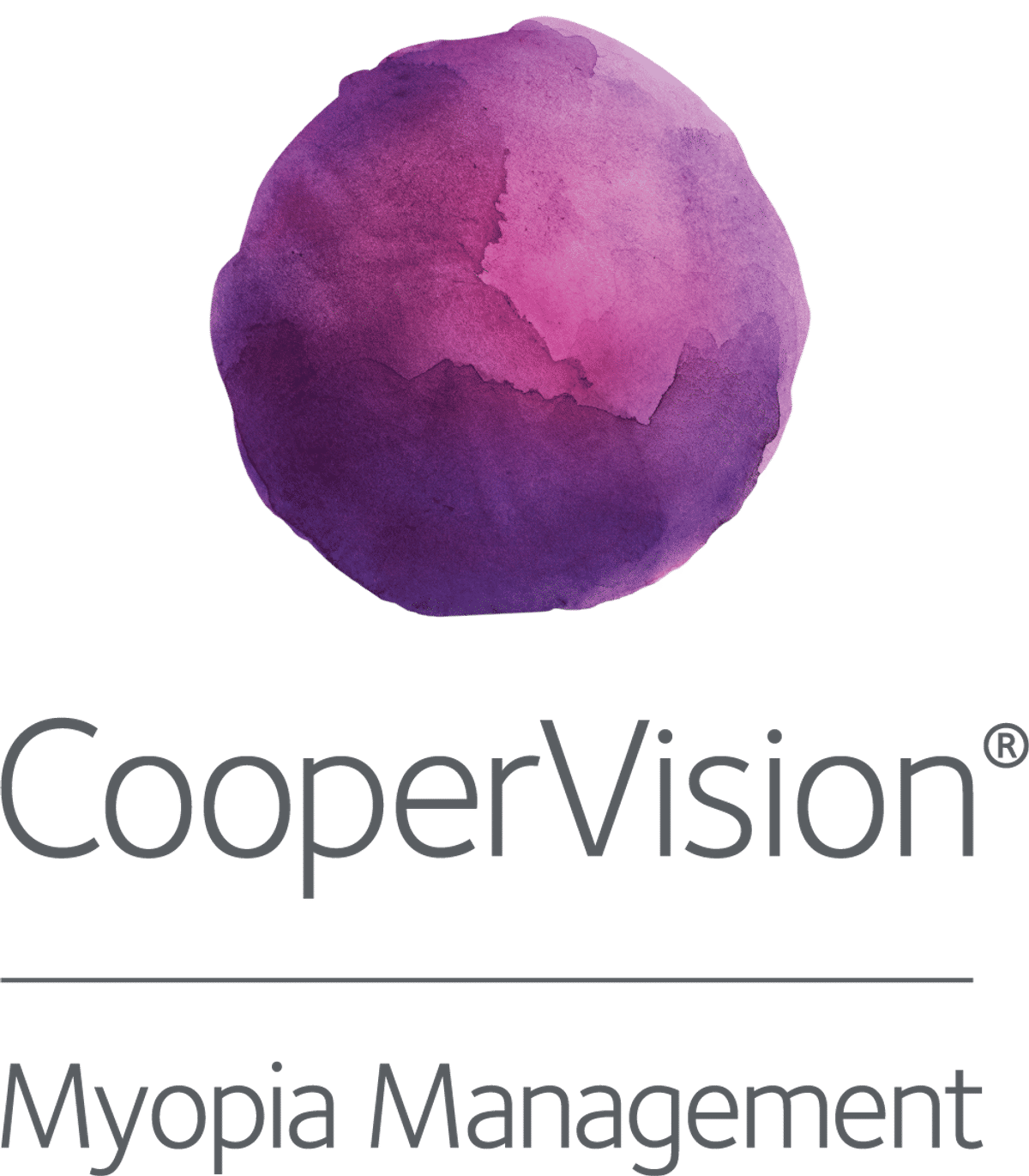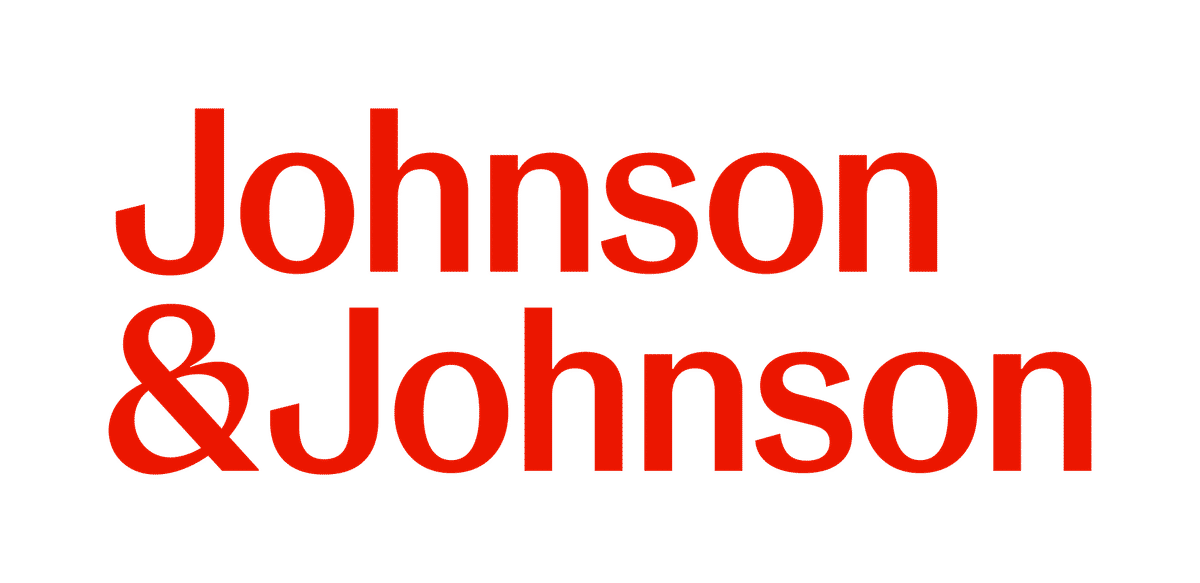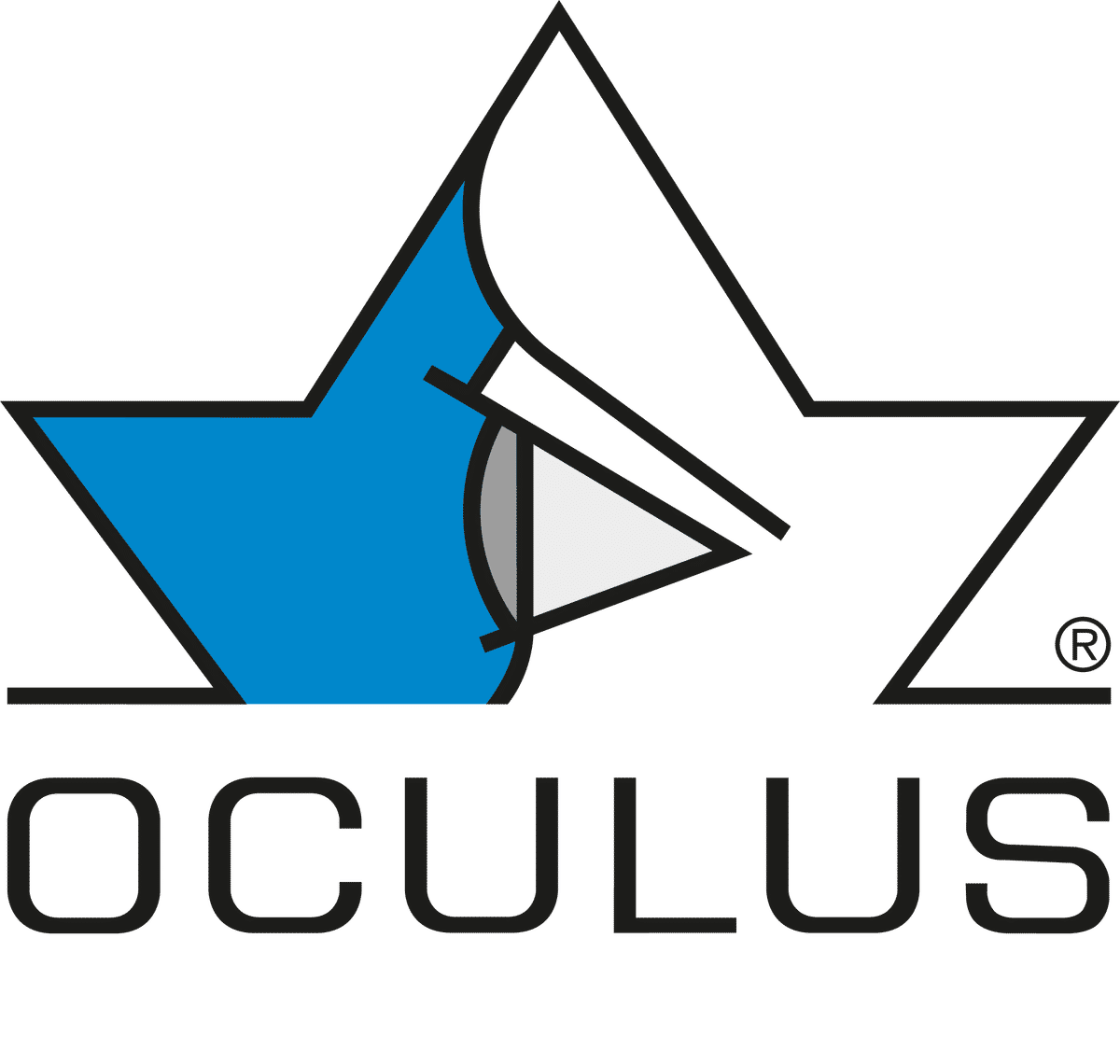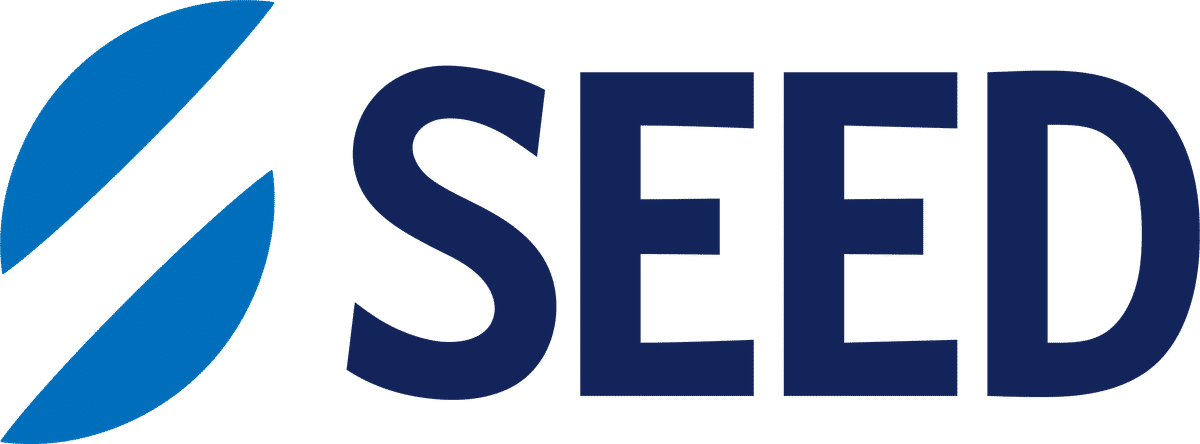Science
The efficacy of positive and negative power lenslets in slowing myopia progression

In this article:
This study found that both positive and negative power lenslet spectacle lenses significantly slowed myopia progression in children over one year, with similar efficacy in reducing spherical equivalent refraction and axial elongation compared to single-vision lenses, offering a new approach to myopia management.
Paper title: Novel Lenslet-Array-Integrated Spectacle Lenses for Myopia Control: A 1-Year Randomized, Double-Masked, Controlled Trial
Authors: Su, Binbin (1), Cho, Pauline (2), Vincent, Stephen J (3), Zheng, Jingwei (1), Chen, Jiaojie (1), Ye, Cong (1), Wang, Tengfei (1), Zhang, Jingwei (1), Zhang, Kou (1), Lu, Fan (4), Jiang, Jun (5)
- School of Optometry, Wenzhou Medical University, Wenzhou, China
- School of Optometry, The Hong Kong Polytechnic University, Hong Kong, China
- School of Optometry and Vision Science, Queensland University of Technology, Brisbane, Australia
- Department of Ophthalmology, Peking University Third Hospital, Beijing, China
Eye Hospital, Wenzhou Medical University, Wenzhou, China
Date: Published online July 6, 2024
Reference: Su B, Cho P, Vincent SJ, Zheng J, Chen J, Ye C, Wang T, Zhang J, Zhang K, Lu F, Jiang J. Novel lenslet-array-integrated spectacle lenses for myopia control: a 1-year randomized, double-masked, controlled trial. Ophthalmology. 2024 Dec;131(12):1389-1397.
Summary
Current myopia control optical interventions such as orthokeratology, multifocal contact lenses, and spectacle lenses with positive power lenslets are believed to work by providing peripheral myopic defocus to the retina. To understand how other mechanisms, such as wavefront modulation and retinal contrast alteration may influence myopia progression, two designs of Lenslet-Array-Integrated (LARI) spectacle lenses were developed to alter higher-order wavefront aberrations. Both contain a clear central optic zone and incorporate a hexagonal array pattern with lenslets of +3D additional power (PLARI) or -3D additional power (NLARI).
The purpose of this study was to compare myopia control efficacy of the positive and negative power lenslets and assess whether negative lenslets could also reduce myopia progression in children.
This was a randomized, double-masked, controlled clinical trial with 231 children aged 6 to 12 years with myopia between -1 and -4D. They were assigned to wear PLARI, NLARI, or single-vision (SV) control lenses after eye examinations which included cycloplegic auto-refraction and axial length measurement. Outcomes included changes in spherical equivalent refraction (SER) and axial length measured at baseline, 6 months, and 12 months.
After 12 months, both PLARI and NLARI lenses demonstrated significantly less SER progression and axial elongation compared to SV lenses, with no significant differences found between PLARI and NLARI groups for SER and AL progression at 6 or 12 months.
- PLARI and NLARI slowed SER and AL progression by 55% and 68% and 44% and 50% respectively.
- One-third of participants in PLARI and NLARI groups showed no myopia progression over 1 year, compared to 7.7% in the SV group.
Age was significantly correlated with faster SER progression and axial elongation in the SV and PLARI groups but not in the NLARI group.
Adaptation rates were high across all groups, with most participants fully adapting within 2 weeks. No significant adverse events were reported across the three groups.
What does this mean for my practice?
This study was able to demonstrate that both lens types were able to reduce myopia progression in children and were well tolerated.
Although there was no significant difference in lens performance over the study duration, faster progression was seen in younger children wearing the PLARI lens, but not NLARI. This suggests that the NLARI design could provide efficacy across a range of age groups and may have a stronger effect on younger children who typically progress faster. This is important, where greater efficacy may be achieved for young children with timely intervention.
The NLARI and PLARI lenses feature a novel non-coaxial design which employs higher-order, irregular wavefront aberrations. The ‘spatial phase modulation’ with the NLARI and PLARI designs are an exciting new development that may play a key role in myopia control, if higher-order aberrations at all distances can reduce progression, and could provide us with a different mechanism.
What do we still need to learn?
While this study confirms that both PLARI and NLARI lenses are effective for slowing myopia progression, several important questions remain:
- What the potential rebound effects may be on ceasing wear.
- How the lens efficacy might differ for children younger than 6yrs and older than 12yrs, for myopia stronger than -4D and in children of other ethnicities
- What the precise underlying mechanism is for the lenses and what insights into the development and management of myopia it can offer
- Further research will clarify how the lenses could be utilised in individualised treatment plans, along with long-term efficacy and acceptance of wear.
Abstract
Title: Novel Lenslet-ARray-Integrated Spectacle Lenses for Myopia Control
Purpose: To investigate the myopia control efficacy of novel Lenslet-ARray-Integrated (LARI) spectacle lenses with positive power lenslets (PLARI) and negative power lenslets (NLARI) worn for 1 year in myopic children.
Design: Randomized, double-masked, controlled clinical trial.
Participants: A total of 240 children 6 to 12 years of age with spherical equivalent refraction (SER) between -4.00 and -1.00 diopters (D), astigmatism of ≤ 1.50 D, and anisometropia of ≤ 1.00 D.
Methods: Participants were assigned randomly in a 1:1:1 ratio to PLARI, NLARI, and control (single-vision [SV]) groups. Cycloplegic autorefraction and axial length were measured at baseline and 6-month intervals after lens wear.
Main Outcomes measures: Changes in SER, axial elongation (AE), and differences between groups.
Results: After 1 year, SER changes and AE in the PLARI and NLARI groups were significantly less than those in the SV group (SER: -0.30 ± 0.48 D, -0.21 ± 0.35 D, and -0.66 ± 0.40 D, respectively; AE: 0.19 ± 0.20 mm, 0.17 ± 0.14 mm, 0.34 ± 0.18 mm, respectively; all P < 0.001). No significant differences were found in SER changes and AE between PLARI and NLARI groups (P = 0.54 and P = 1.00, respectively). Younger age was associated with more rapid SER increase and larger AE in the SV group (r = 0.40 [P < 0.001] and r = -0.59 [P < 0.001], respectively) and PLARI group (r = 0.46 [P < 0.001] and r = -0.52 [P < 0.001], respectively), but not in the NLARI group (r = -0.002 [P = 0.98] and r = -0.08 [P = 0.48], respectively).
Conclusions: Compared with the SV group, both PLARI and NARI groups showed significantly slower myopia progression in terms of SER and AE. Faster myopia progression, in terms of both SER and AE, was associated with younger age in the SV and PLARI groups but not the NLARI group.
Meet the Authors:
About Ailsa Lane
Ailsa Lane is a contact lens optician based in Kent, England. She is currently completing her Advanced Diploma In Contact Lens Practice with Honours, which has ignited her interest and skills in understanding scientific research and finding its translations to clinical practice.
Read Ailsa's work in the SCIENCE domain of MyopiaProfile.com.
Enormous thanks to our visionary sponsors
Myopia Profile’s growth into a world leading platform has been made possible through the support of our visionary sponsors, who share our mission to improve children’s vision care worldwide. Click on their logos to learn about how these companies are innovating and developing resources with us to support you in managing your patients with myopia.












